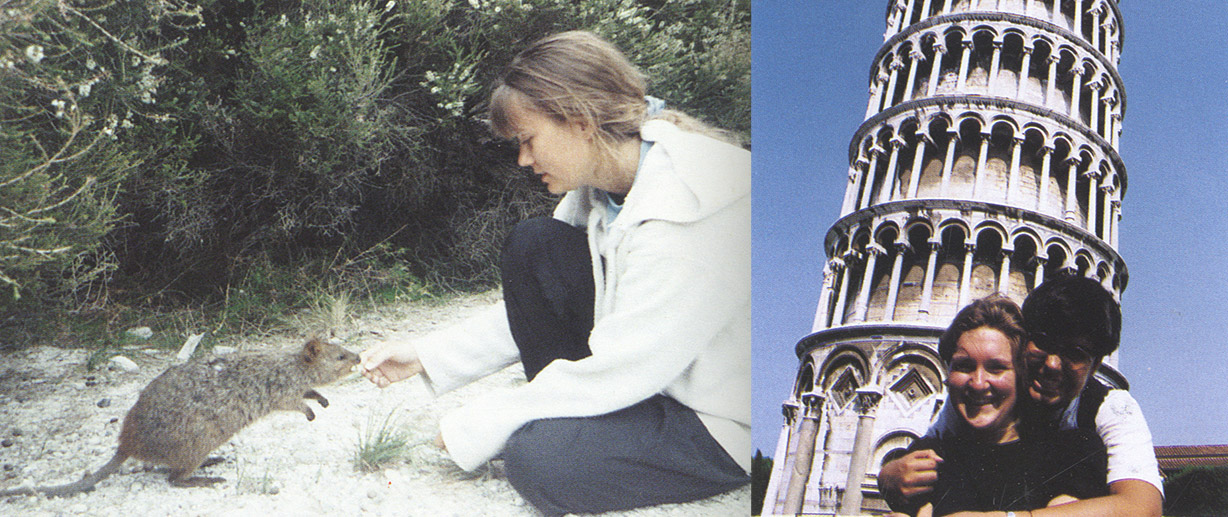by Dr. Phillip Stone ’94, college archvist
International travel and study have become an important part of the Wofford experience. While the number of students studying abroad has increased over the past half-century, students and recent graduates did occasionally travel abroad before World War II.
During the 1920s and 1930s, groups of Wofford students participated in a campus International Relations Club, which was sponsored by the Carnegie Endowment for International Peace. In 1929, one graduating senior, Thomas T. Traywick ’29 of Orangeburg, S.C., traveled to Great Britain to participate in a British-American students conference in Oxford sponsored by the Carnegie Endowment for International Relations Club members. Following the conference, he traveled throughout western Europe before returning to Orangeburg. Recently his son Jody Traywick gave the college archives a collection of letters, articles and documents about his father’s 1929 trip.
Though programs existed in the 1960s and 1970s, they were not popular, according to a 1973 Old Gold and Black article. The paper noted that two students had spent the previous spring semester at the Universidad Ibero-Americana in Mexico City. By paying their tuition through Wofford, they remained Wofford students while enrolled in the university in Mexico. The college had relationships with other consortia as well, such as the Institute for European Studies, but the responsibility for planning courses and negotiating transfer credit rested with the student, which became a significant barrier.
Beginning in 1968, Interim increased the number of students who were able to study abroad. Students in the first two years of Interim traveled to Mexico City and to Prague. In the early 1970s, travel expanded to Ireland, Italy, Canada, the Galapagos, Spain and Britain. These faculty-led travel Interims became one of the reasons Wofford started to make national rankings for the percentage of students who participate in short-term study abroad experiences, a distinction that continues to this day.
Beyond Interim, international study became considerably more popular and accessible by the early 1990s, thanks in large part to the efforts of the college’s first dean of international programs, Dr. Ana Maria Wiseman. Almost every student majoring in foreign languages, now the Department of Modern Languages, Literatures and Cultures, studied abroad, and many others across the curriculum spent a semester away from campus. During the 1990s, the Old Gold and Black often published the names and addresses of students living and taking classes abroad each semester so their friends on campus could write to them, helping maintain the close connections for which Wofford has always been known.
The Office of International Programs now has four full-time staff members and a part-time staff member and is led by Amy Lancaster ’01.
